The journey to joining our critical care team is long and challenging, but for the right candidate it brings the reward of the job of a lifetime…
Our critical care team typically includes one doctor and one paramedic. Although the two roles bring different skills and capabilities to the scene, at the Great North Air Ambulance Service (GNAAS), they do so from an equal standing.
The team operates under incredible pressure and often in isolation, so the cohesion of the small team is vital in making the critical interventions that are so often required.
GNAAS employs 13 full-time paramedics. They work on our aircraft at our Progress House headquarters in Eaglescliffe, Teesside, and Langwathby, near Penrith, and also on our all-night rapid response vehicle in the North East and Cumbria.
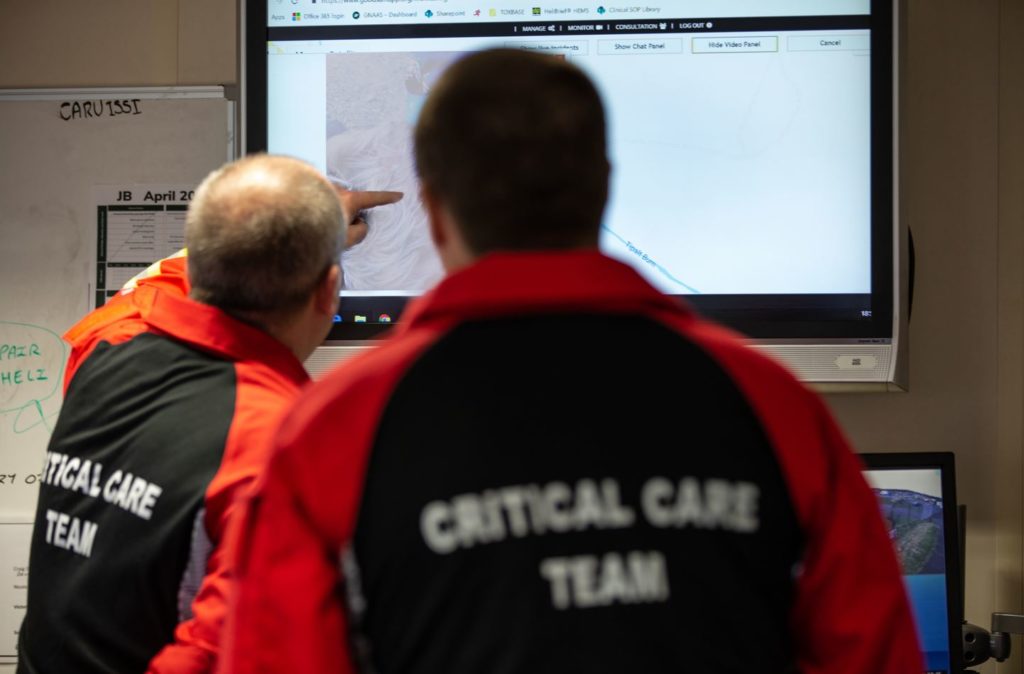

It’s relatively rare that we have vacancies for paramedics, but when a member of the team does move on, or if the team expands due to increased demand, we look to hire individuals that have the mentality to thrive in the challenging environment we operate and also the experience to underpin those unique characteristics.
Paramedics working as part of the GNAAS critical care team work closely with their counterparts at ambulance services. But where they differ is that they are relied upon to have an intimate knowledge of doctor-led procedures such as thoracotomy (open chest surgery), thoracostomy (surgical chest drainage), surgical airways and peri-mortem caesarean (the surgical delivery of a baby at or near the point of the mother’s death). The training and mentoring that takes place after the appointment is therefore extensive.
Our paramedics manage everything from medicine management, stores and equipment maintenance through to the audits, compliance checks and vehicle maintenance. Their performance across the whole range of duties is routinely assessed, so the hard work never stops.
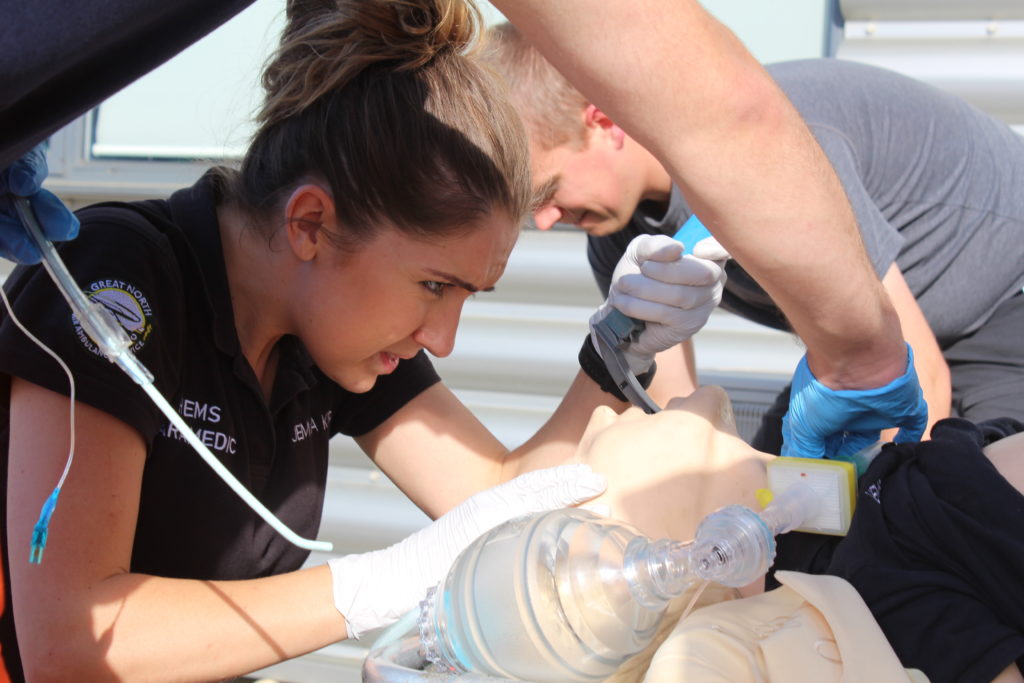

We spoke to Marcus Johnson, critical care paramedic, to find out what we look for in our paramedics and how we develop them once they are on board.
So, Marcus, what do you look for when recruiting for a critical care paramedic to join the team?
The first thing is that they need at least five years’ experience as a qualified paramedic. Beyond those technical skills, we need someone who can show that they can handle the pressures of delivering critical care as part of a team.
We’d say that you are no longer a paramedic working autonomously, you are part of a critical care team and you need to show you can work as part of that team. Just because you will be working with a doctor doesn’t mean you can stand and watch. It might be a consultant you are working with, but we expect our paramedics to challenge and be challenged.
And that’s another crucial part – to be able to take that challenge well, not as criticism.
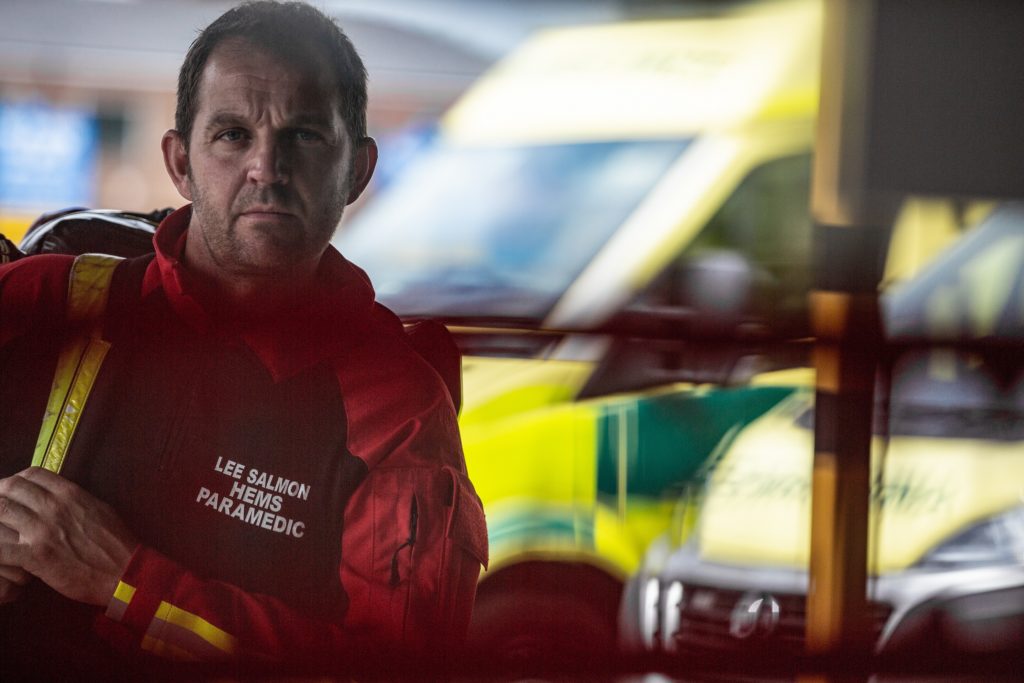

Describe the recruitment process, please.
When a vacancy arises, we advertise for that post and shortlist based on the experience and qualifications demonstrated. We like people who show that they are always progressing, always learning. We then invite them for an interview and assessment. During the assessment we are looking for that mixture of a team player with the confidence to work as an independent practitioner.
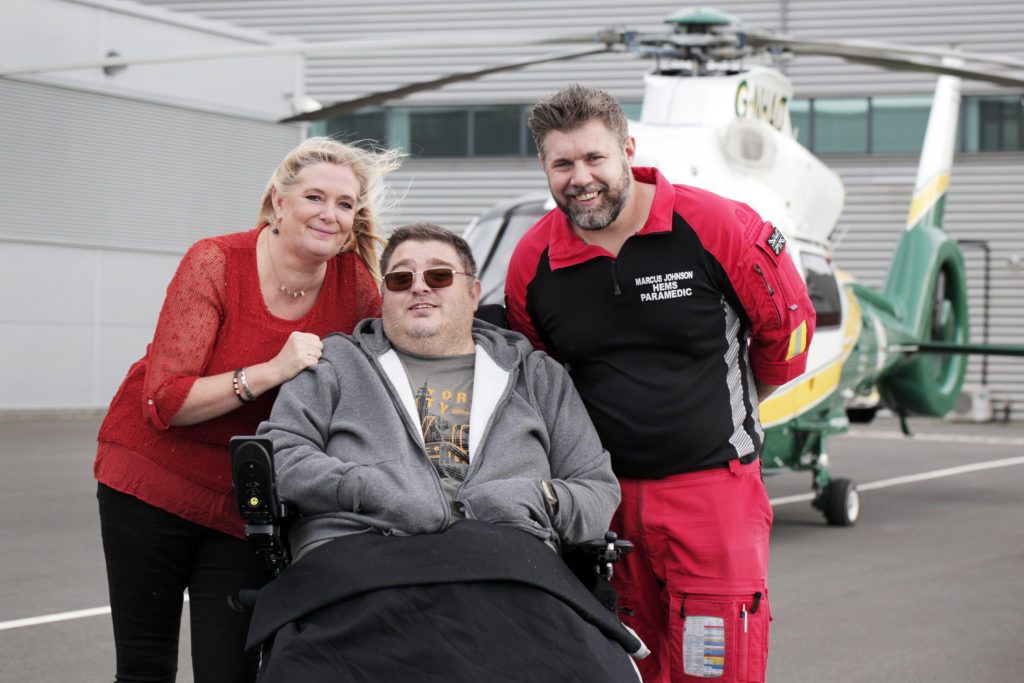

What happens after you have appointed someone?
When they join, they are given an induction pack. They need to learn all the GNAAS Standard Operating Procedures (SOPs). Most paramedics learn national guidelines [JRCALC], but we often work to our own that have been developed over the many years of us operating and which are often refreshed. They fall into three areas – clinical SOPs, drug SOPs and operational SOPs.
We also allocate them a mentor. The mentor makes sure the new paramedic is keeping up with their induction requirements while also being available for more general support.
We also train the new paramedics in running the air desk as soon as we can. The air desk is where our operations are coordinated. It involves identifying which incidents might be suitable for our crews, as well as rejecting inappropriate requests. It’s a lot easier to say yes than to say no to a request for our help, but we have a duty to preserve the air ambulance’s service for those who need it most, so sometimes difficult decisions need to be made.
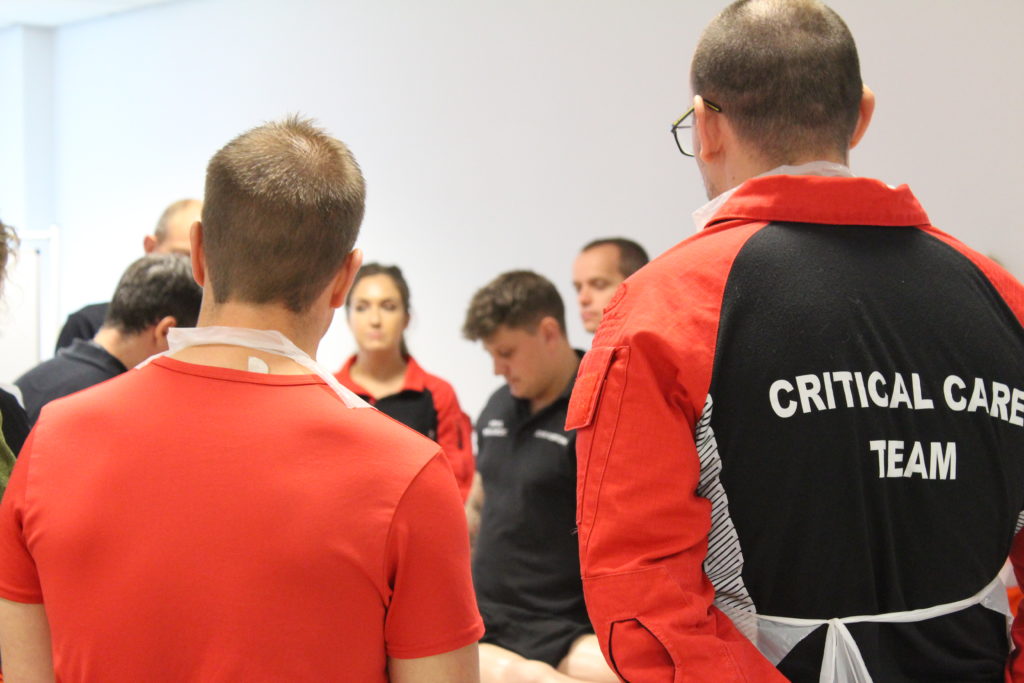

By training the paramedic on the air desk, they can become a proactive member of the team relatively quickly. This gives our team more resilience as once signed off on the air desk they can be left to work independently there, meaning a senior paramedic can be released to attend incidents.
And on top of all this, we give them as much operational experience as possible through observation shifts on both the aircraft and our rapid response car. This is another crucial part of the process as it allows them to see first-hand how we work and expose them to the variety of tasks we are assigned to.
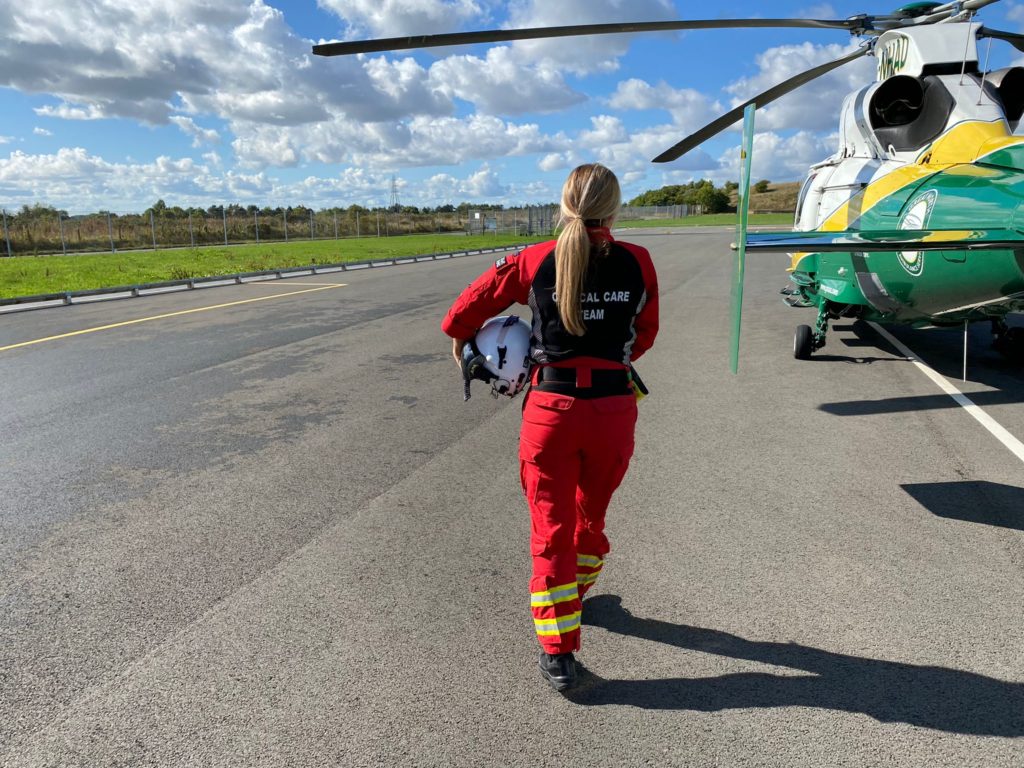

At what point do the new paramedics qualify?
We run two courses which as well as internal candidates attract external attendees from all over the world and from a variety of clinical backgrounds. Our new paramedics need to pass both these courses before they reach the next stage. The courses are the Pre-Hospital Emergency Anaesthesia (PHEA) and the Pre-Hospital Emergency Crew Course (PHEMCC). These courses give them the technical skills they need while testing them in a wide range of challenging scenarios.
Once they’ve done that, the build up begins to the sign-off day. They become part of the crew, although the supervision continues, with senior paramedics observing them on shift, offering support when needed but primarily there in a back-seat role, making sure the training and learning is being implemented. In some respects, passing the PHEMCC is like learning to drive. You pass your test and then you really learn how to drive. And that’s how we run it, with the learning ramped up in the real incident environment with a strong support network to make sure everything is going to plan.
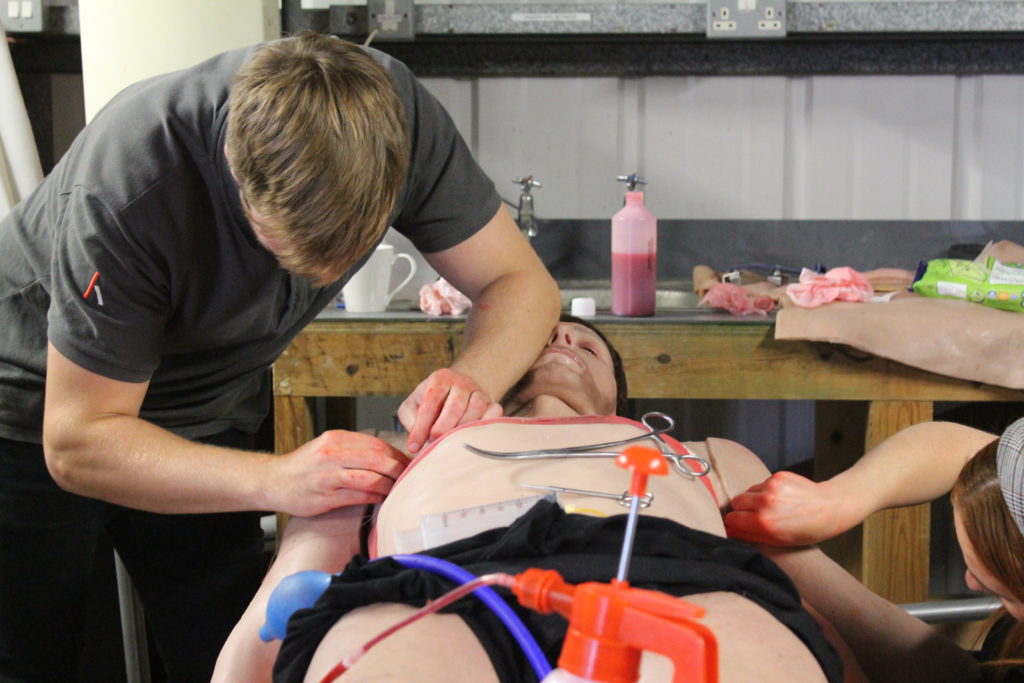

It sounds like a lengthy process
It is. It has to be. It can take up to a year after joining GNAAS before the paramedic is signed-off to join the crew without supervision. Despite all the ongoing education, support and training courses, the paramedic will face their toughest test on sign-off day. This is a full day of practical and written examinations as well as assessment on real cases. The sign-off day is designed to mentally and physically challenge the paramedic so that the team know that if they’re faced with the most difficult of cases on their first solo shift they have the skill and knowledge to manage it well.
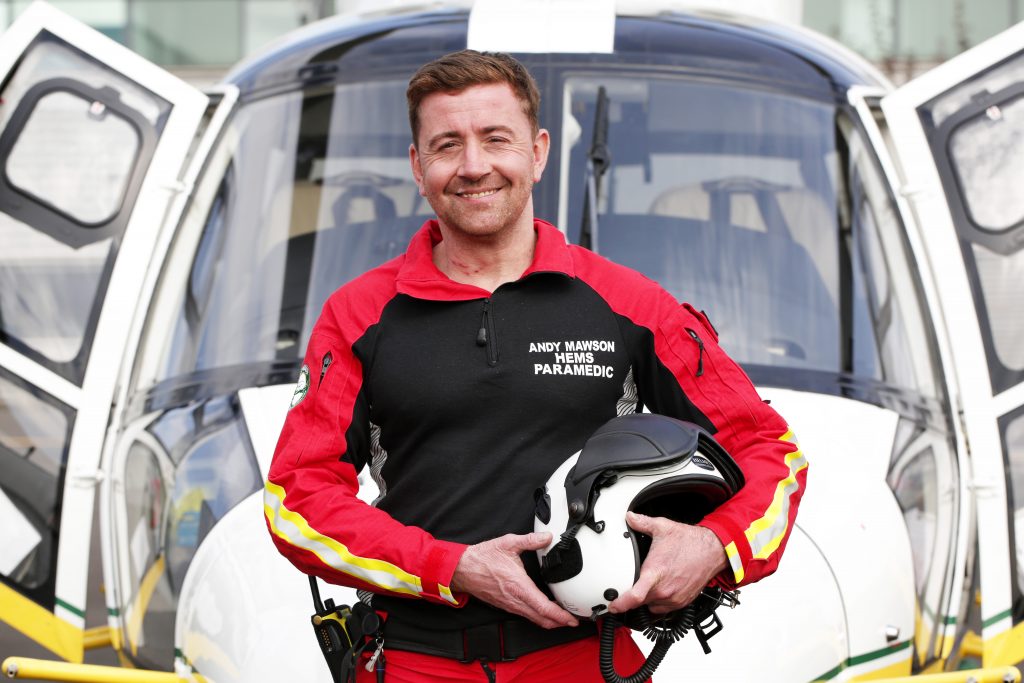

If the day goes well, the paramedic will be signed off to operate solo. If areas for improvement are identified, they will continue supervision until those areas are addressed and another sign-off assessment is organised.



